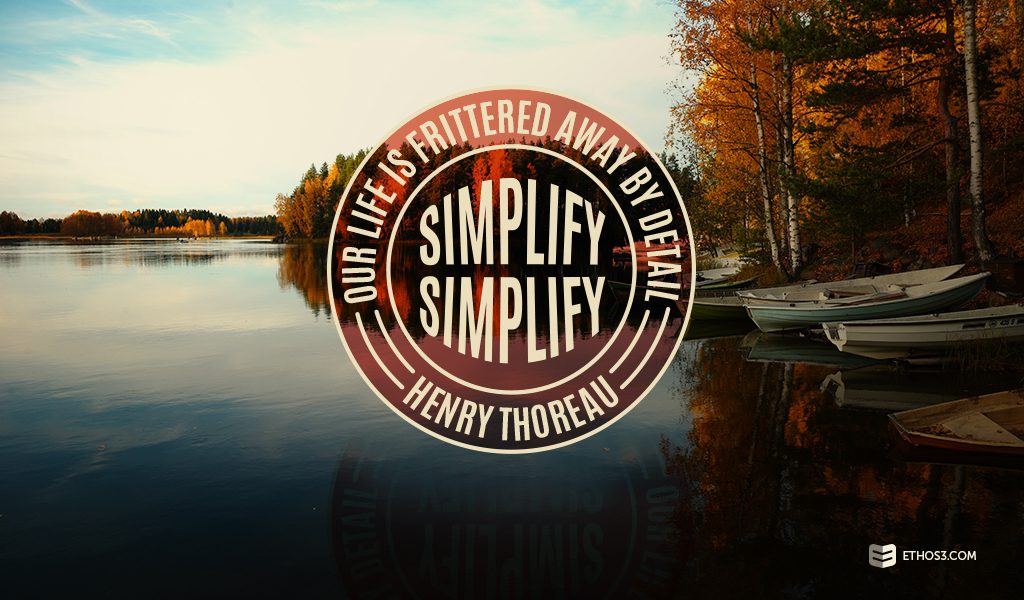For most of our clients, and perhaps even for you, a presentation is one entity. It is the result of content and design created in tandem, delivered as whole piece. It makes sense, right? A PowerPoint is a single file that combines both content and design to create a one-stop location for your message.
At Ethos3, we have two separate divisions for content and design with different experts assigned to each. In our experience, a presentation is not just a whole piece, but rather, a successful message paired with beautiful design. Although we are a “presentation design agency,” really, we should be called the much more long-winded “presentation design and messaging agency.”
But why?
Both content and design have their own challenges which deserve to be tackled individually. Why worry about where a logo or a photo will be placed on the slide if the message is not correct? And on the other hand, why worry about the way a sentence is phrased if the design is bad enough to be distracting?
On top of this, it’s easier to create a smooth process for yourself if you have separate completion dates for both content and design. If you have two weeks before a big presentation, spend one week perfecting the content (or as we call it, the storyboard). Once the content is locked, you can spend the second week on the design and rehearsal without worrying about changing the flow or fussing with the text on the slide.

Start with content.
Design is best tackled once every word has been decided within the presentation. But content is much more than finding where the “Team Slide” will fit; it is also about crafting a compelling narrative. If you’re not sure where to start, follow our lead. Decide on a high-level overall theme or major takeaway, and then break it out from there into smaller and smaller chunks until you have a header with different points of support. Once the skeletal outline has been created, you can work on what will appear on each slide. After your first draft, go back and edit until the messaging feels correct. All of this can either be done in a Word doc, or on the blank slides of your presentation before it is designed.
Time for design.
The task of design is simplified once the content is finished. Your message can be put aside to focus on the aesthetic and “feel” of the deck, without going back and forth with lengthier revisions for both. Here is where you make sure that your photos are crisp, your color palette is consistent, and all of your design elements enhance your overall theme. Spend this crucial time putting your text on the back burner and really make sure that your presentation is beautiful.
Even if you are tackling the project by yourself, separating the content and design process will make it much easier to spend energy on the right thing at the right time. You may even find that the task goes by much quicker without the overwhelming feeling that both have to be perfectly tuned.
Want to hone your content and design skills for your next big PowerPoint? You’ll love these related articles!
Inside Ethos3: Using Content Pitches to Develop a Strong Storyboard
An Easy Tip For Beautiful PowerPoint Presentations
How to Kickstart Your Productivity: 33 Tips in 140 characters or Less
